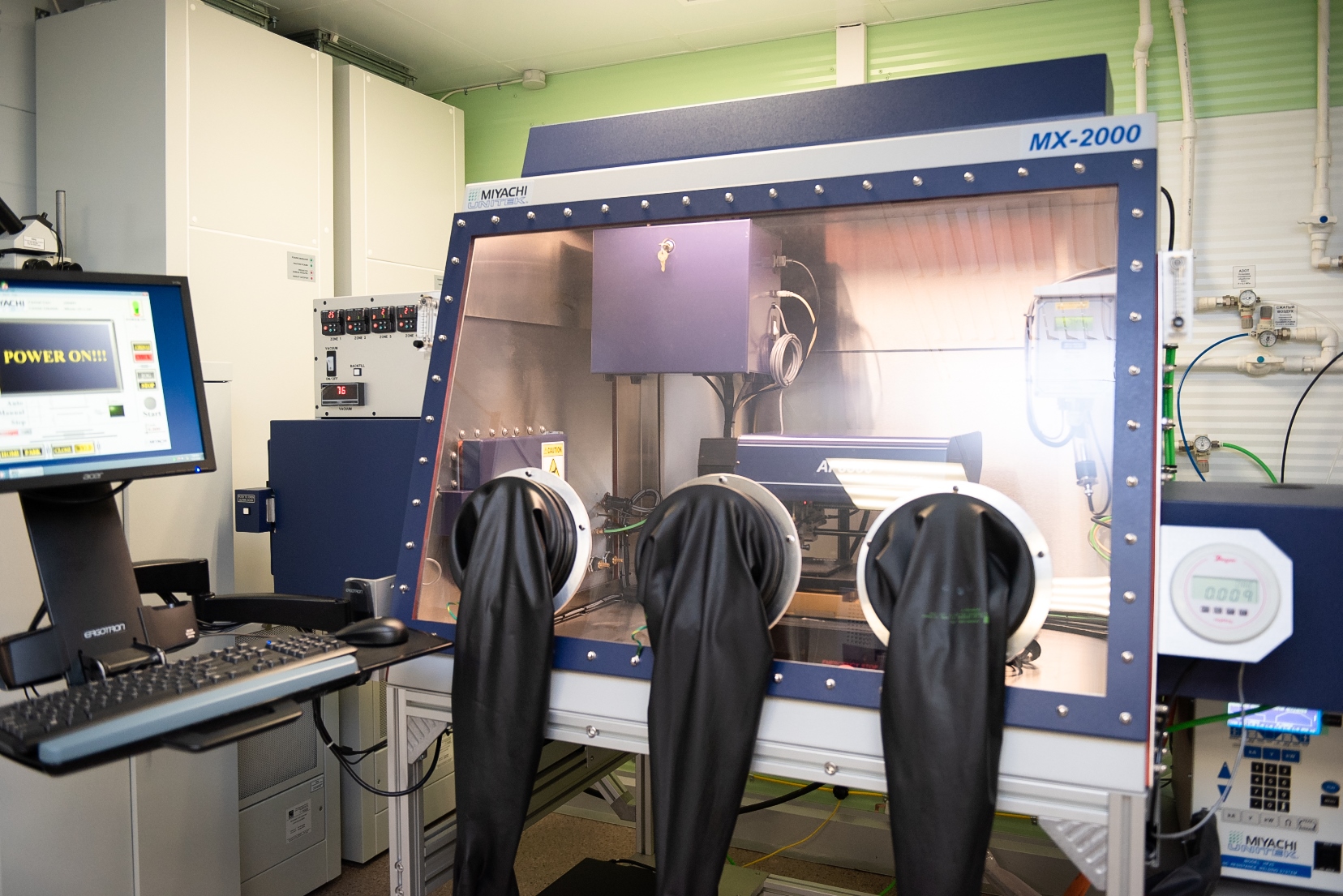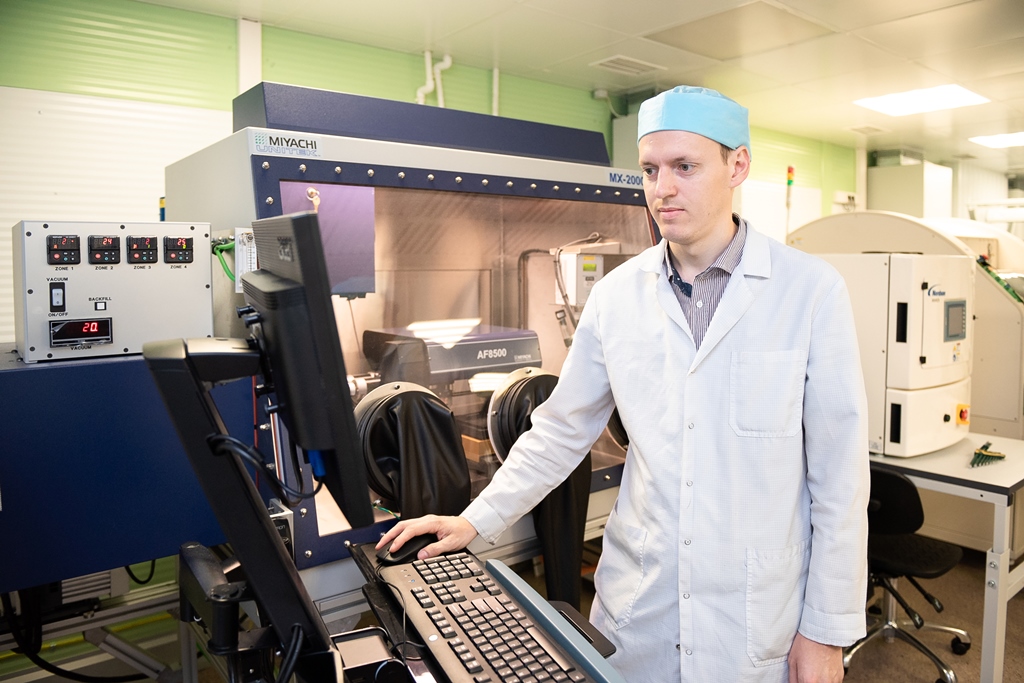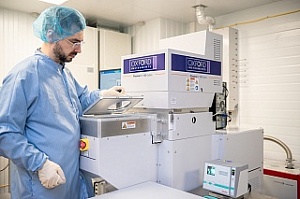TSU scientists and their industrial partner Mikran are creating the technology of industrial production of thin-film semiconductor heterostructures for civil, defense, and space products. In particular, they are developing powerful transistors with high electron mobility (high electron mobility transistor, HEMT) for cellular, satellite, and radio communication at high frequencies.
The scientists of the Faculty of Physics, Faculty of Radiophysics, and Faculty of Physics and Engineering are involved in the interdisciplinary project at the intersection of physics, radiophysics, and chemistry.
- The problem of increasing the specific power of transistors and thereby their long-range response will be solved with the help of a new chemical composition of semiconductor materials used for the production of heterostructures,- says Valentin Brudnyi, professor at the Department of the Physics of Semiconductors, the scientific director of the project, and director of the Research Educational Center Nanoelectronics. - For the production of modern HEMT, multilayer thin-film heterostructures are used. Their functional characteristics can be improved by indium-aluminum-gallium nitride compounds in combinations that were not previously used industrially.
According to Valentin Brudnyi, currently, semiconductors such as GaAs, InAs, and GaSb are mainly used for the production of HEMT. They provide high operating frequencies, but they have small output powers due to the peculiarities of their electronic properties. The use of semiconductor nitrides for the production of HEMT transistors and, in particular InAlN/GaN heterostructures, will increase their specific power, thermal stability, and resistance to external high-energy impacts.
During the manufacture of HEMT, the volatile metal-organic compounds will be applied layer-by-layer to a silicon carbide subsurface. The total thickness of all layers will be several micrometers (1 μm = 10⁻⁶ meters), which is ten times smaller than the diameter of a human hair.
Work on creating HEMT based on InAlN/GaN heterostructures has been underway in a number of firms around the world, but industrial production is currently lacking. Upon completion of the project, TSU will prepare the technological documentation for transfer to Mikran, which will commence the industrial production of such NEMT transistors. The company is one of the most dynamically developing high-tech enterprises.



